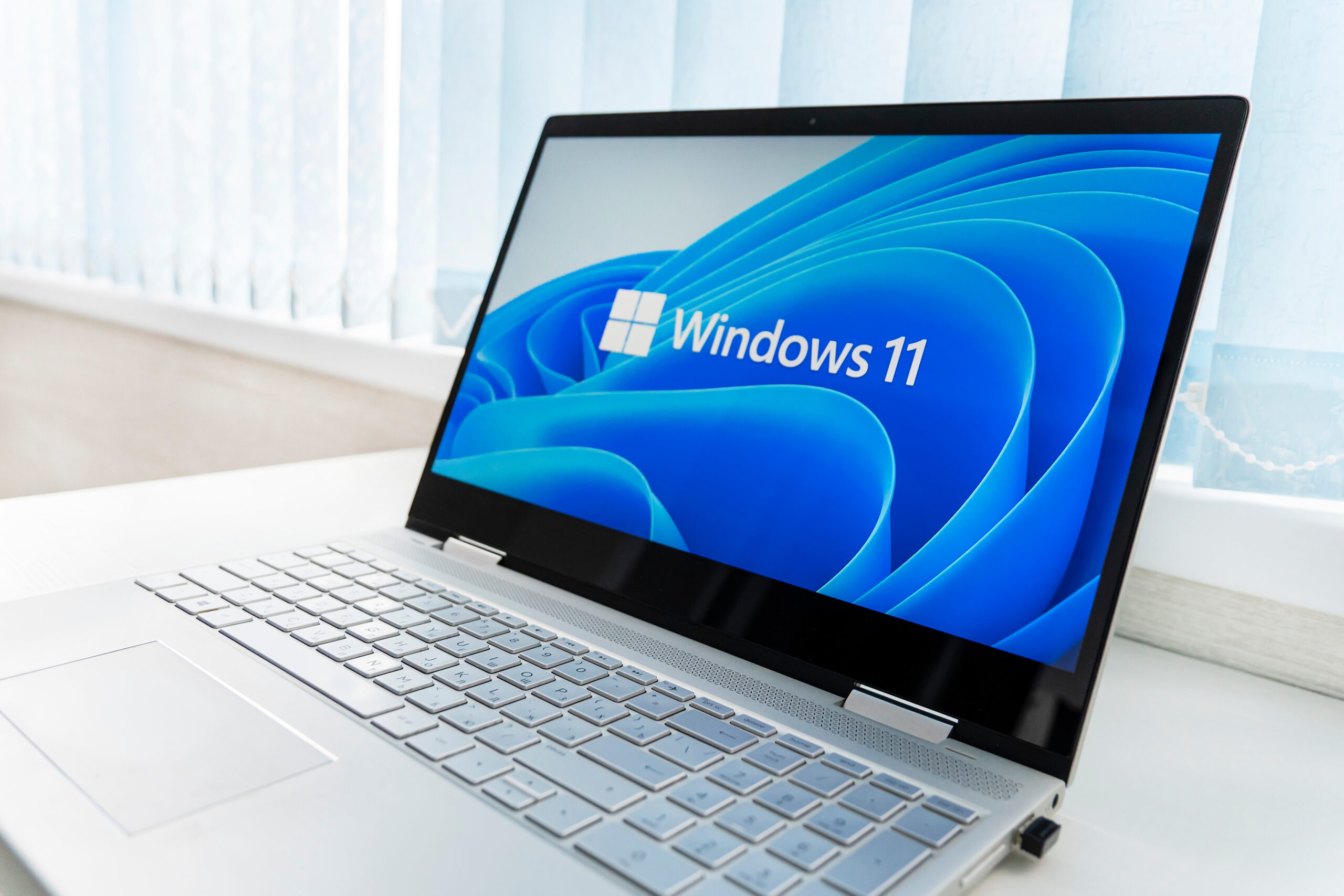Are your devices safe from cyberattacks?
One of the most effective ways you can guard against cyberattacks is to update the web browsers, operating systems (OSs) and applications that your devices use; these are often the targets of cybercrime used to trick you into sharing personal and university data — especially when they are not kept up to date.
Web Browsers
In the last few weeks, there have been a lot of high-risk exploitation across Android, Apple and Microsoft platforms, and Google recently released the second Chrome zero-day vulnerability of 2023.
Be on the lookout for fake error messages. One of many recent attacks tricks you into downloading malware from fake Google Chrome error messages. This attack begins when you visit a legitimate website that has been compromised. When you visit such a site, an error message will pop up, prompting you to download a ZIP file. The malicious filename typically looks like chromium-patch-nightly*.zip, where the asterisk is replaced by variable text. The downloaded file disrupts security mechanisms and then proceeds to steal your data.
To help fend off these attacks, always update your Google Chrome browser as soon as you are prompted:
- On Apple devices: The OS displays a notification to restart Chrome.
- On Windows devices: If you see the Update button at the top-right corner of your Google Chrome browser, click it and then select Relaunch to update Chrome.
Operating Systems and Other Applications
It’s not only your web browser that needs updating but your device’s operating systems and other applications. How often depends on the software. Typically, OS updates are deployed once per month while updates for browsers and other software applications deploy on a more varied schedule. For example, Google Chrome recently had two updates within a single week due to high-risk vulnerabilities.
- University-managed devices are kept up to date by OIT and local IT groups:
- Apple devices (macOS, iOS and iPadOS): OIT and some campus IT groups use Jamf Pro software to provide the following updates automatically:
- OS
- Software that is provided to Apple devices at enrollment
- Software that is installed using the Self Service app
When an update is deployed to your Apple device, the OS displays a notification so that you can choose when to apply the update. You can apply the update by restarting the updated application, rebooting your device or performing both actions.
- Windows devices: OIT uses Microsoft Configuration Manager to deploy OS updates. Depending on what your local IT department has configured, you may be prompted to reboot your computer so that deployed updates get applied. Contact OIT or your local IT support group for information about how and when your specific software applications are updated.
- Apple devices (macOS, iOS and iPadOS): OIT and some campus IT groups use Jamf Pro software to provide the following updates automatically:
- Personal devices are also configured to update their OSs automatically. However, installing an update is only part of the process; you also need to restart each updated application and reboot your device to apply all updates.
If you have any questions about how to keep your device browsers, OSs and other applications updated, contact your local IT group or the NC State Help Desk via the NC State IT Service Portal or call 919.515.HELP (4357).


